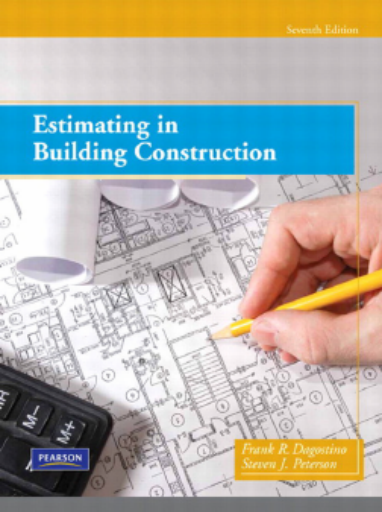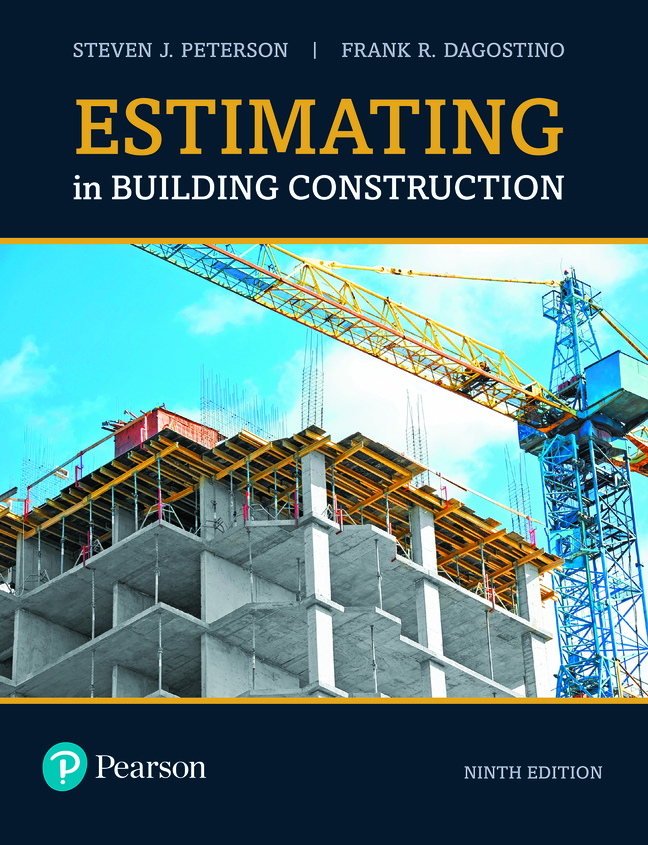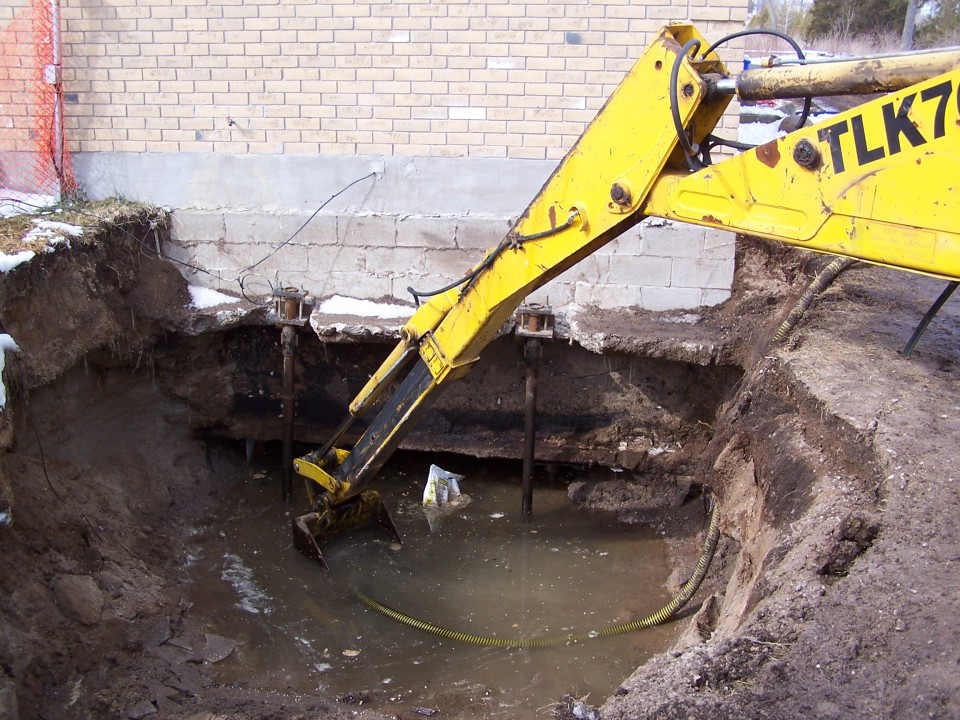In the dynamic realm of construction, efficient communication and documentation play pivotal roles in ensuring successful project execution. One crucial aspect of this process is the generation and approval of submittals. But what exactly is a submittal in construction, and why is it indispensable to the overall project management?

Understanding What Is A Submittal In Construction
A submittal in construction refers to the process of submitting various documents, materials, and shop drawings to the architect, engineer, or project owner for review and approval. This documentation includes details about the products, materials, and equipment that will be used in the construction project. Essentially, submittals serve as a means for the contractor to communicate and seek approval for the proposed items before actual installation or construction begins.
Key Components of a Submittal
A comprehensive submittal package typically comprises several essential components:
- Product Data: Detailed information about the products and materials, such as specifications, performance data, and compliance with relevant standards.
- Shop Drawings: Detailed illustrations, diagrams, or plans that depict how the contractor intends to install or implement a particular aspect of the project.
- Samples: Physical samples of materials, finishes, or products to provide a tangible representation for review.
- Test Reports: Documentation of tests performed on materials or products to demonstrate their compliance with specified requirements.
Significance of Submittals in Construction Projects
1. Quality Assurance: Submittals act as a quality assurance mechanism, ensuring that the materials and products meet the project’s standards and specifications.
2. Coordination: They facilitate coordination among various project stakeholders by providing a platform for communication and clarification of details.
3. Compliance: Submittals help ensure compliance with local building codes, regulations, and project specifications, minimizing the risk of rework or delays.
4. Risk Mitigation: By addressing potential issues before construction begins, submittals contribute to risk mitigation, preventing costly errors and disputes.
5. Documentation: They serve as crucial documentation, providing a record of the agreed-upon materials and methods, which can be invaluable in case of disputes or future modifications.
Navigating the Submittal Process
The submittal process typically involves the following steps:
- Initiation: The contractor initiates the submittal process by preparing and assembling the necessary documentation.
- Review: The architect, engineer, or project owner reviews the submittal package to ensure compliance with project requirements.
- Approval or Rejection: The submitted documents are either approved as is, approved with revisions, or rejected. Rejected submittals require the contractor to address the identified issues and resubmit.
- Documentation: Approved submittals become part of the project’s official documentation, guiding the construction process.
Challenges in the Submittal Process
Despite its importance, the submittal process can face challenges such as delays, miscommunication, or incomplete documentation. These challenges underscore the need for effective project management, communication, and collaboration among all stakeholders.
Conclusion: Elevating Construction Standards Through Effective Submittals
In conclusion, understanding what a submittal is in construction is integral to maintaining high standards of quality, adherence to specifications, and overall project success. Embracing a well-organized and efficient submittal process enhances communication, reduces risks, and ensures that construction projects unfold seamlessly.
As construction projects continue to evolve, the importance of submittals remains constant. Clear communication, attention to detail, and a commitment to compliance make the submittal process not just a requirement but a cornerstone of successful construction endeavors.



Leave a Reply